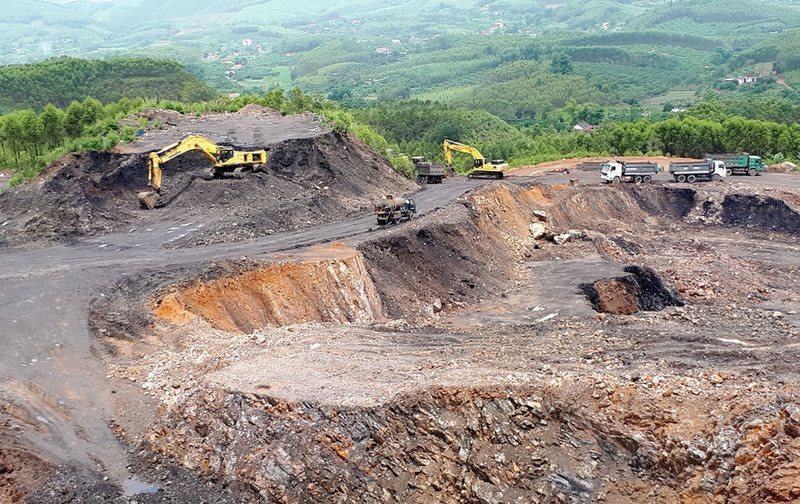
The Ministry of Natural Resources and Environment has drafted the Law on Geology and Minerals, consisting of 13 chapters and 132 articles. In addition to general provisions, the draft proposes specific provisions on the protection of unexploited geological and mineral resources; geological and mineral strategies and planning; basic geological and mineral surveys; mineral areas and mineral management in national mineral resource reserve areas, etc.
The Draft Law consists of 132 Articles and is structured into 13 Chapters, specifically as follows:
- Chapter I. General provisions, including 08 articles (from Article 1 to Article 8).
- Chapter II. Protection of unexploited geological and mineral resources includes 05 Articles (from Article 9 to Article 13).
- Chapter III. Strategy and planning of geology and minerals, including 06 Articles (from Article 14 to Article 19).
- Chapter IV. Basic geological and mineral surveys, including 16 Articles (from Article 20 to Article 35).
- Chapter V. Mineral areas and mineral management in national mineral resource reserve areas, including 12 Articles (from Article 36 to Article 47).
- Chapter VI. Environmental protection, use of land, water, sea areas and technical infrastructure in mineral activities, including 04 Articles (from Article 48 to Article 51).
- Chapter VII. Mineral exploration, including 16 Articles (from Article 52 to Article 67).
- Chapter VIII. Mineral exploitation, small-scale exploitation of minerals for common construction materials and mineral recovery, including 33 Articles (from Article 68 to Article 100).
- Chapter IX. Management of sand and gravel in riverbeds, lakebeds and sea areas includes 04 Articles (from Article 101 to Article 104).
- Chapter X. Finance on geology, minerals and auction of mineral exploitation rights, including 18 Articles (from Article 105 to Article 122).
- Chapter XI. State management responsibilities for geology and minerals, including 04 Articles (from Article 123 to Article 126).
- Chapter XII. International Integration and Cooperation on Geology and Minerals includes 02 Articles (from Article 127 to Article 128).
- Chapter XIII. Implementation provisions, including 04 Articles (from Article 129 to Article 132).
The Ministry of Natural Resources and Environment said that after 13 years of implementing the Law on Minerals (passed by the 12th National Assembly on November 17, 2010, effective from July 1, 2011), there have been many problems and limitations.
Firstly, geology is a comprehensive technical science, earth science, when conducting basic geological surveys of minerals, not only minerals are discovered but also the geological structure and geological conditions are investigated and comprehensively assessed. Accordingly, geological information and data have been clarified such as: heritage and geological parks; geological structures favorable for storing water, CO2, burying toxic waste; geological disasters and natural disaster warnings; engineering geology, ... serving the sectors: Construction, Industry and Trade, Transport, Agriculture , Tourism, ... national defense - security. However, the Law on Minerals has not fully regulated the content of basic geological surveys as mentioned above; has not regulated the content of state management of geology, especially unified management according to specialized standards and regulations; has not unified management of geological information and data as stated in Resolution No. 10-NQ/TW.
Second, after 13 years of implementation, many provisions of the Law have revealed shortcomings, are no longer suitable to reality, and have difficulties in implementation, including a number of issues such as:
1) Exploiting minerals for construction materials, especially sand, river gravel, stripped rock and soil, and waste rock and soil as common construction materials to serve important national projects or public investment projects...;
2) Exploitation and use of minerals accompanying the exploitation of main minerals;
3) The issue of controlling mineral exploitation output according to each mineral exploitation license;
4) Issues of decentralization and delegation of authority in the management of geological and mineral activities;
5) The issue of administrative procedure reform such as regulations on dossier components, procedures and procedures for granting licenses for mineral activities, especially minerals used as common construction materials, river sand and gravel are no longer suitable;
6) Regulations on areas where mineral activities are prohibited/temporarily prohibited and areas where national mineral resources are reserved are not consistent with reality;
7) Regulations on the rights and obligations of organizations and individuals operating in mineral activities are not strict enough to ensure that minerals are exploited and used reasonably, economically and effectively in association with environmental protection, following the model of "green economy, circular economy";
8) Regulations on the authority to grant licenses for very small-scale mineral exploitation (split stone, clay) are unreasonable as reflected by voters and National Assembly deputies, ensuring publicity and transparency.
Third, over the past 13 years, many laws related to geology and minerals have been amended, supplemented, and newly promulgated, such as: Civil Code (2015), Land Law (2013), Construction Law (2014, 2020), Law on Property Auction (2016), Law on Management and Use of Public Assets (2017), Law on Environmental Protection (2020), Investment Law (2020), Enterprise Law (2020), Law on Planning (2017), State Budget Law (2015), Forestry Law (2017), Irrigation Law (2017), Law on Marine and Island Resources and Environment (2015), Law on Biodiversity (2018). However, the Mineral Law has not been amended or supplemented to ensure consistency and synchronization.
Therefore, according to the Ministry of Natural Resources and Environment, it is necessary to develop a new Law on Geology and Minerals to create a synchronous and unified legal corridor, ensuring transparency; overcoming shortcomings to uniformly manage the field of geology and minerals; strictly managing, economically and effectively using minerals.
The Ministry of Natural Resources and Environment respectfully looks forward to receiving public comments from July 31 to October 1, 2023.
Source




![[Photo] Prime Minister Pham Minh Chinh holds talks with Prime Minister of the Kingdom of Thailand Paetongtarn Shinawatra](https://vphoto.vietnam.vn/thumb/1200x675/vietnam/resource/IMAGE/2025/5/16/23b5dd1e595d429491a54e3c1548fb79)
![[Photo] Welcoming ceremony for Prime Minister of the Kingdom of Thailand Paetongtarn Shinawatra on official visit to Vietnam](https://vphoto.vietnam.vn/thumb/1200x675/vietnam/resource/IMAGE/2025/5/16/cdd9e93739c54bb2858d76c3b203b437)




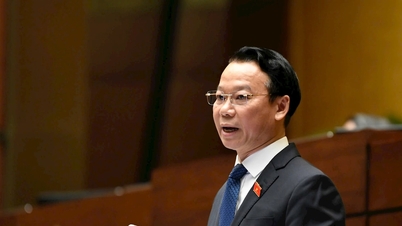


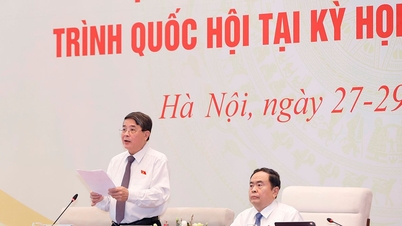
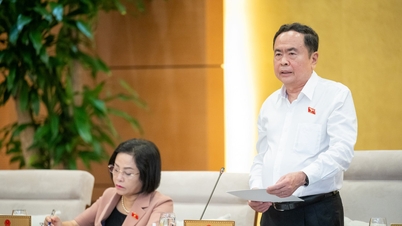













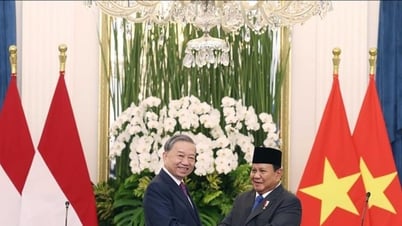
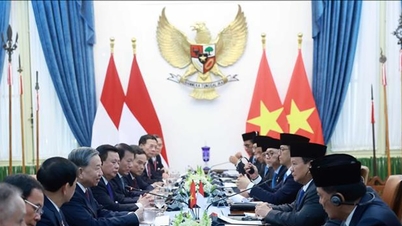

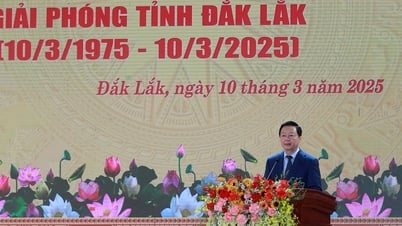
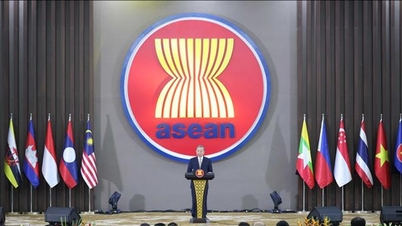









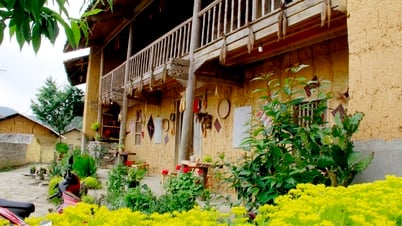





















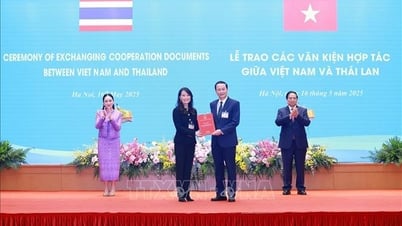





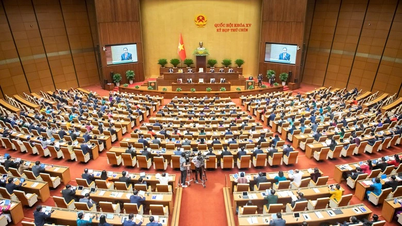
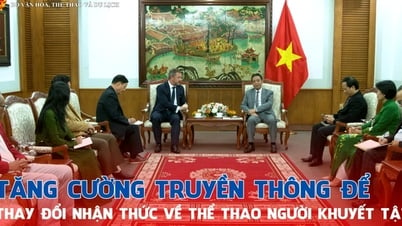

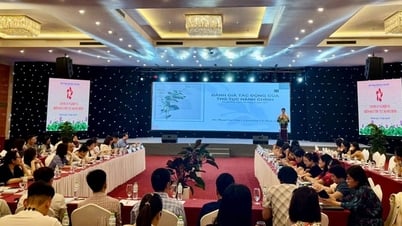
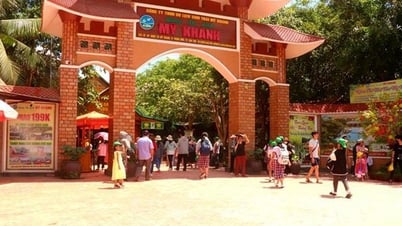






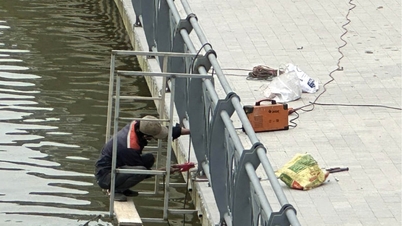

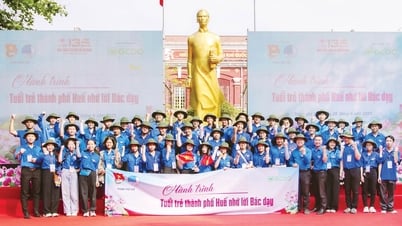
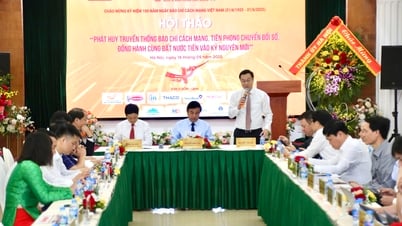















Comment (0)